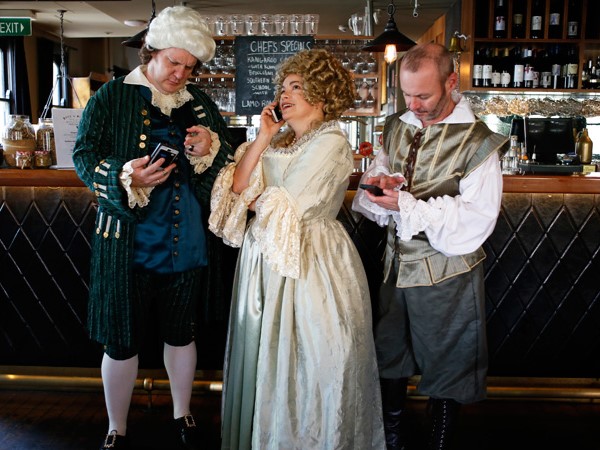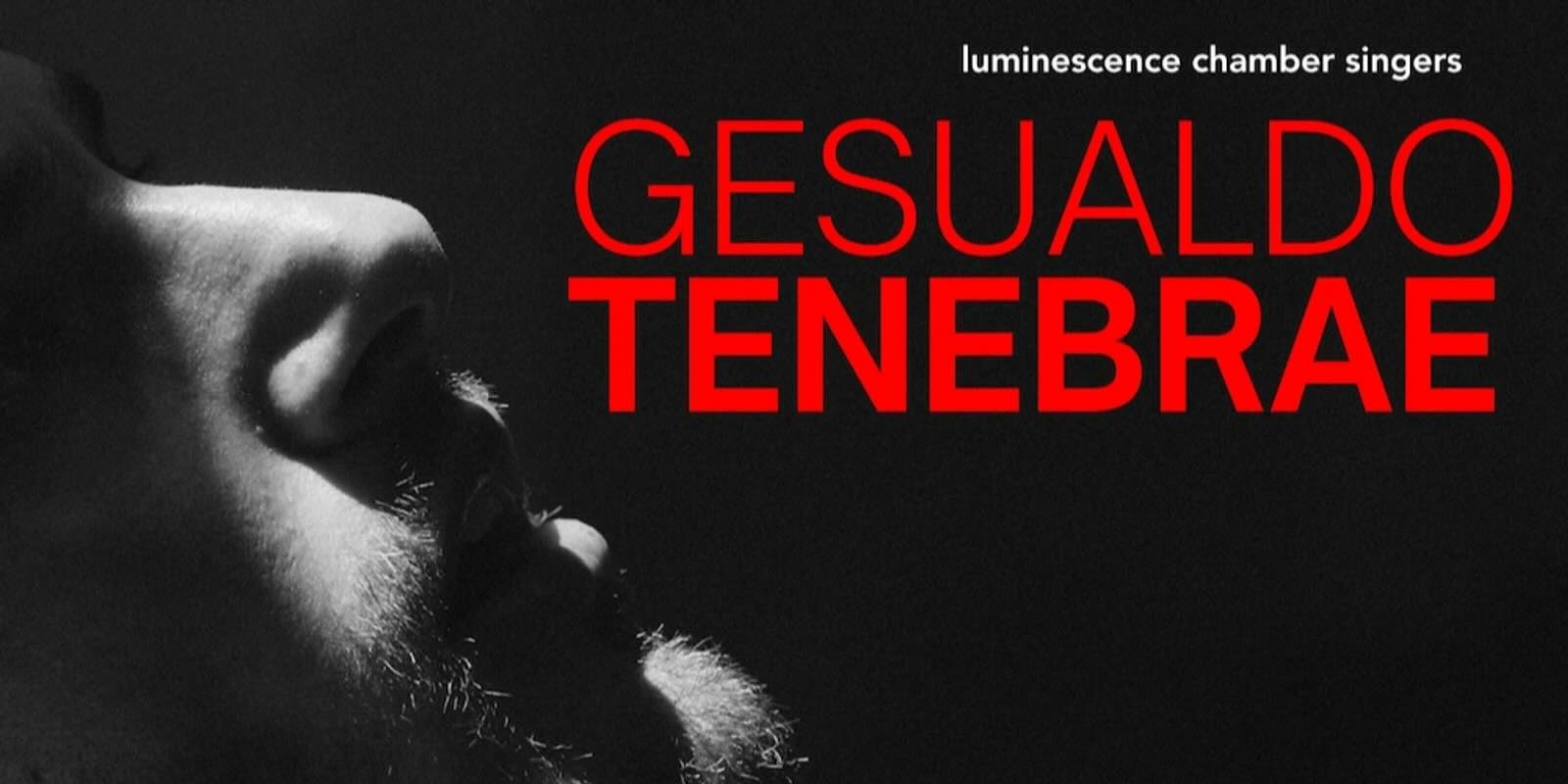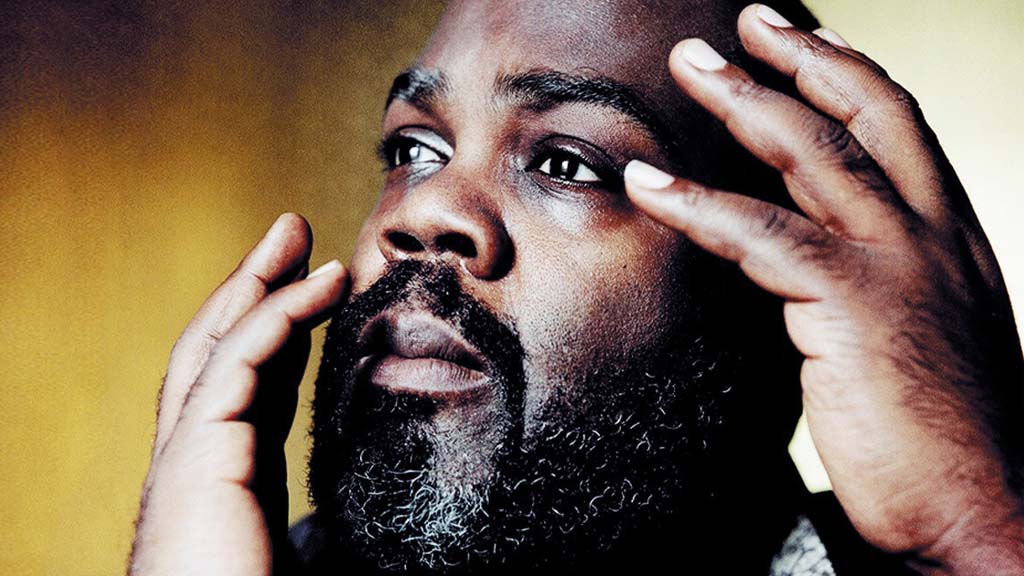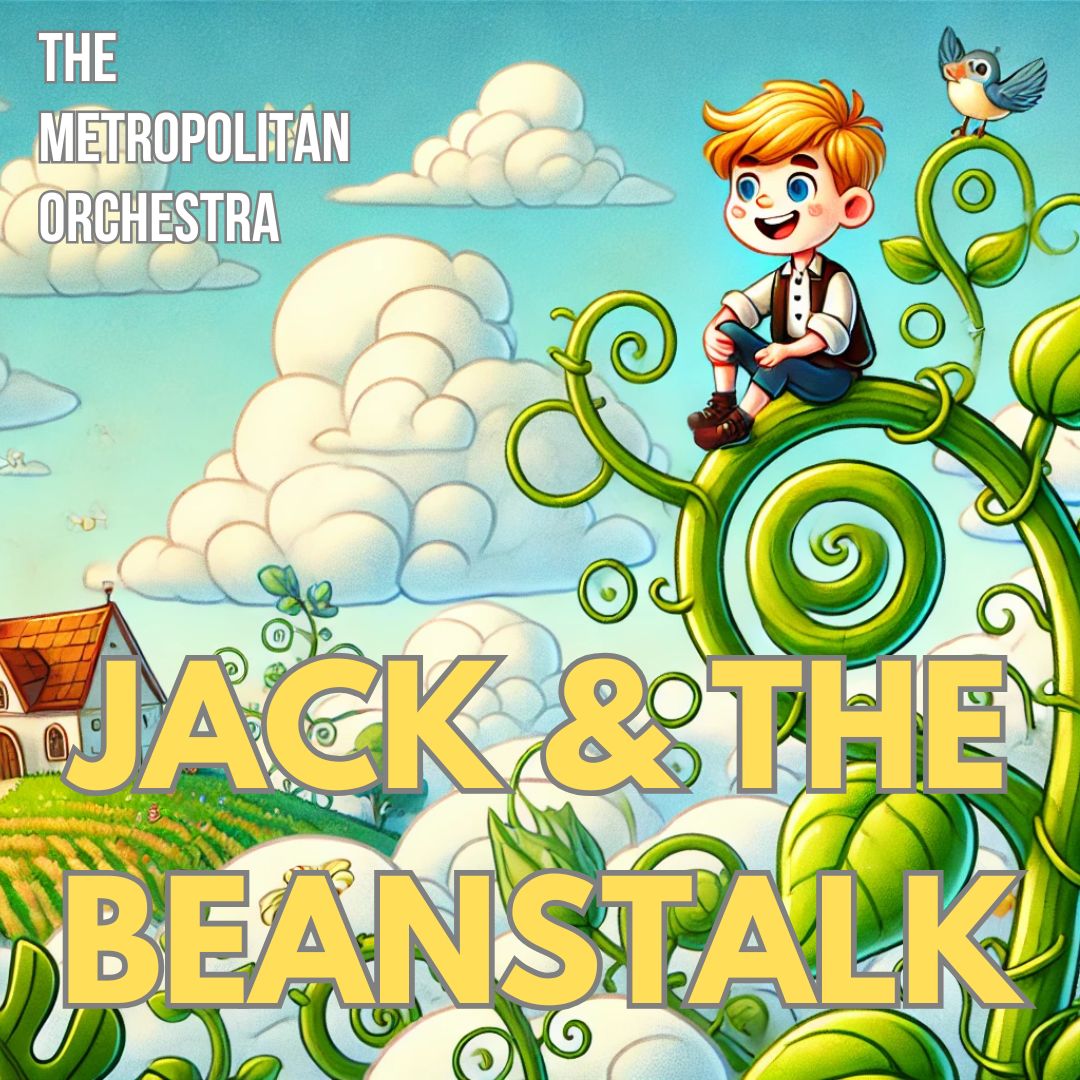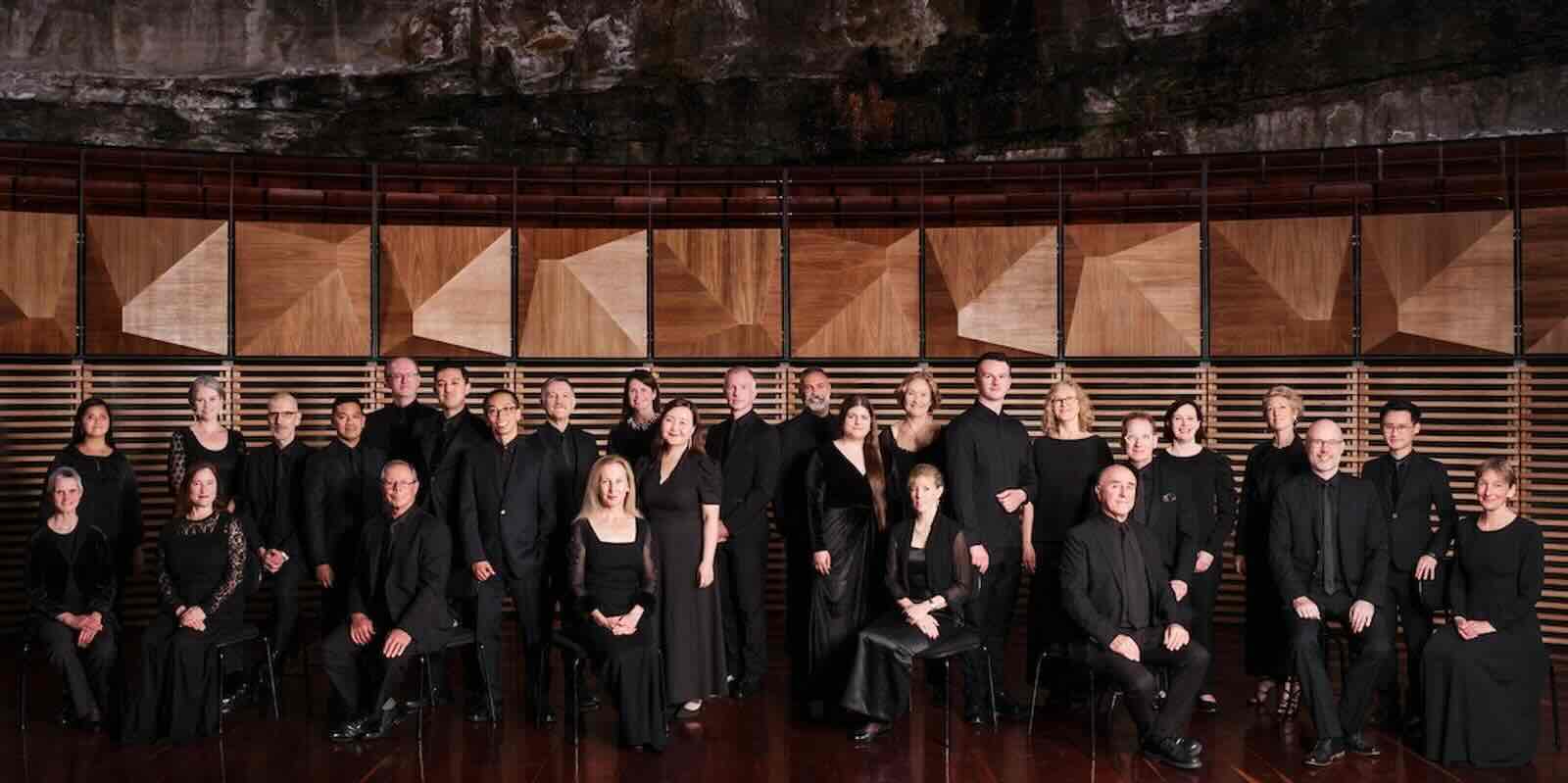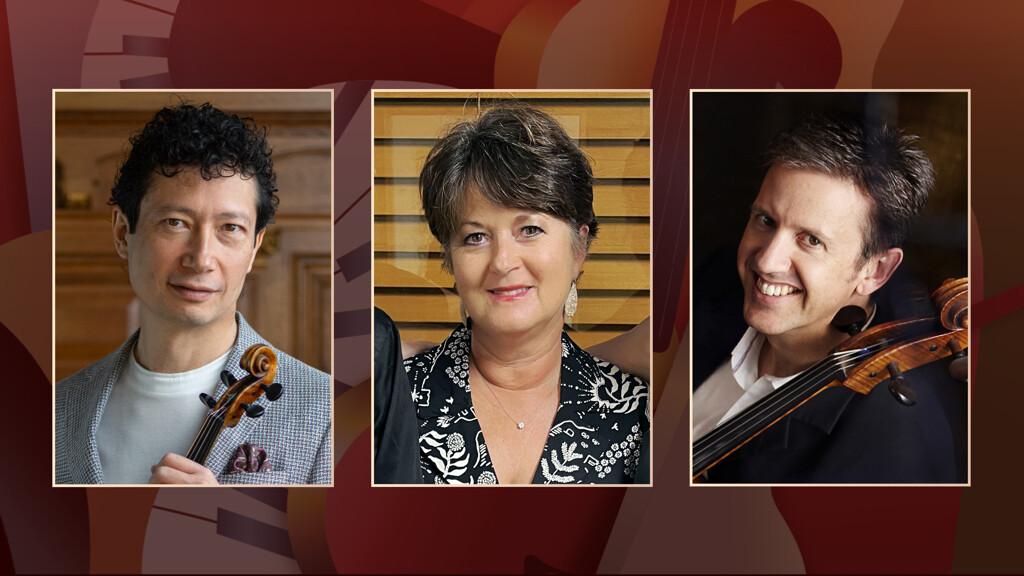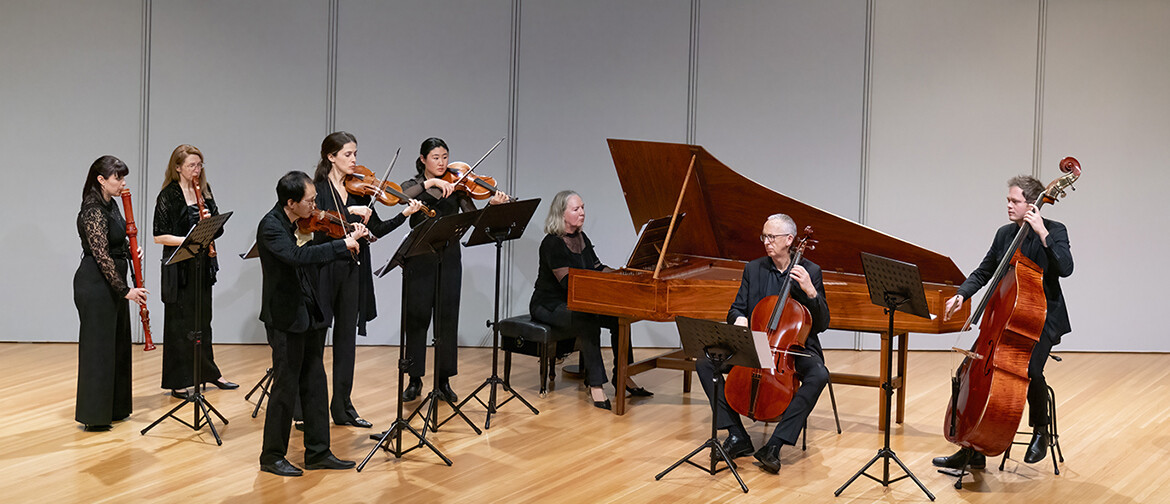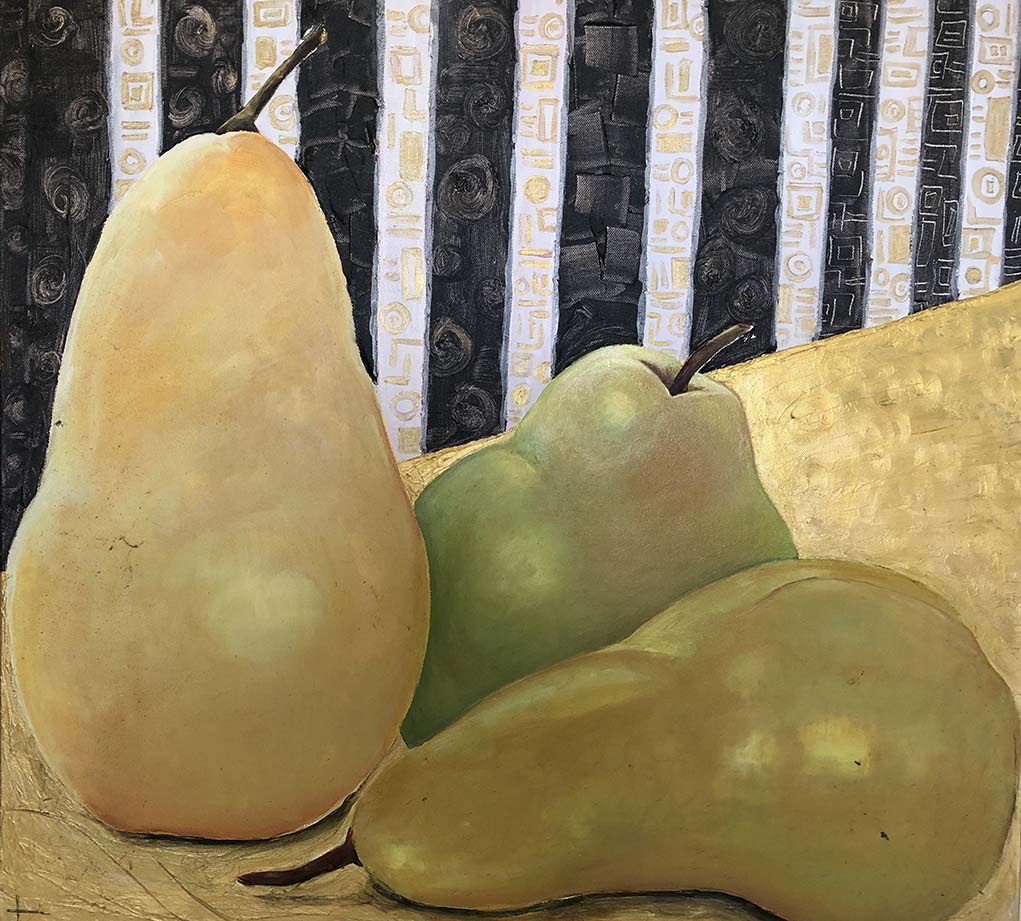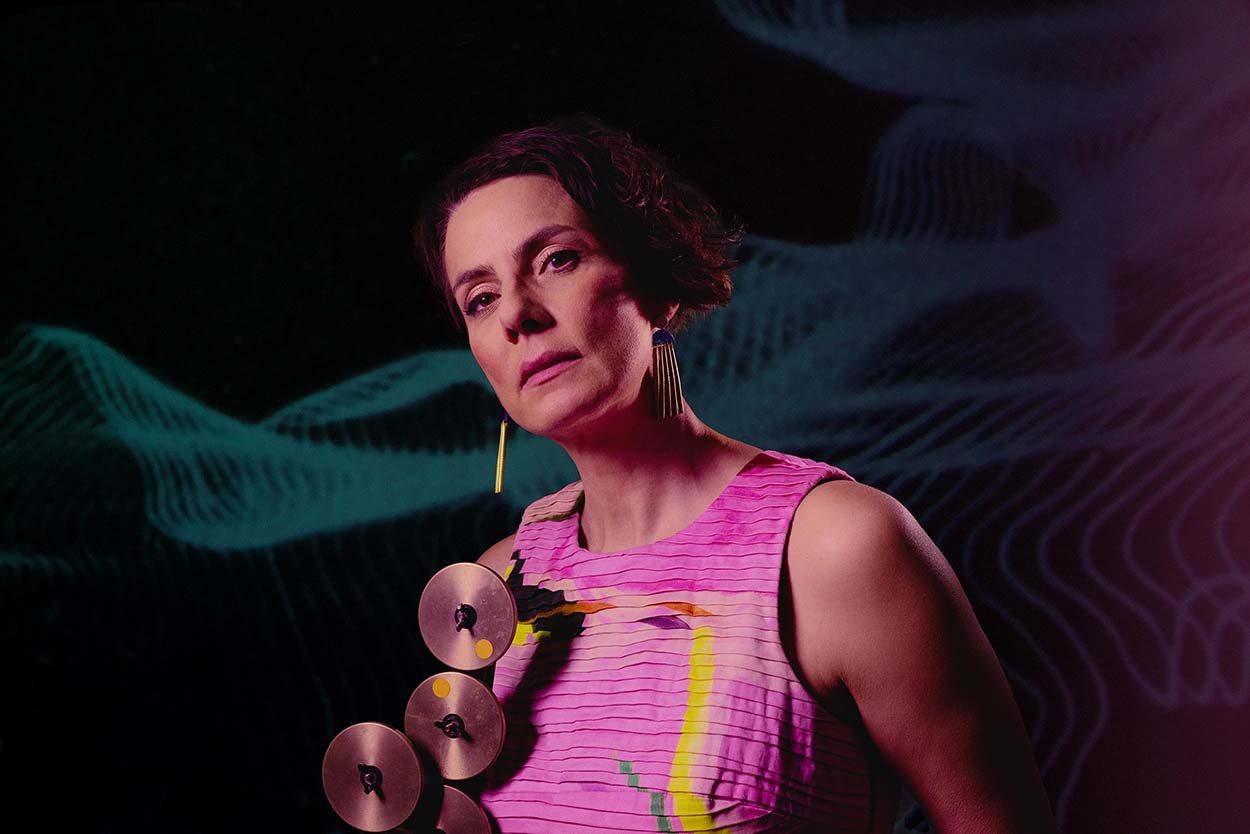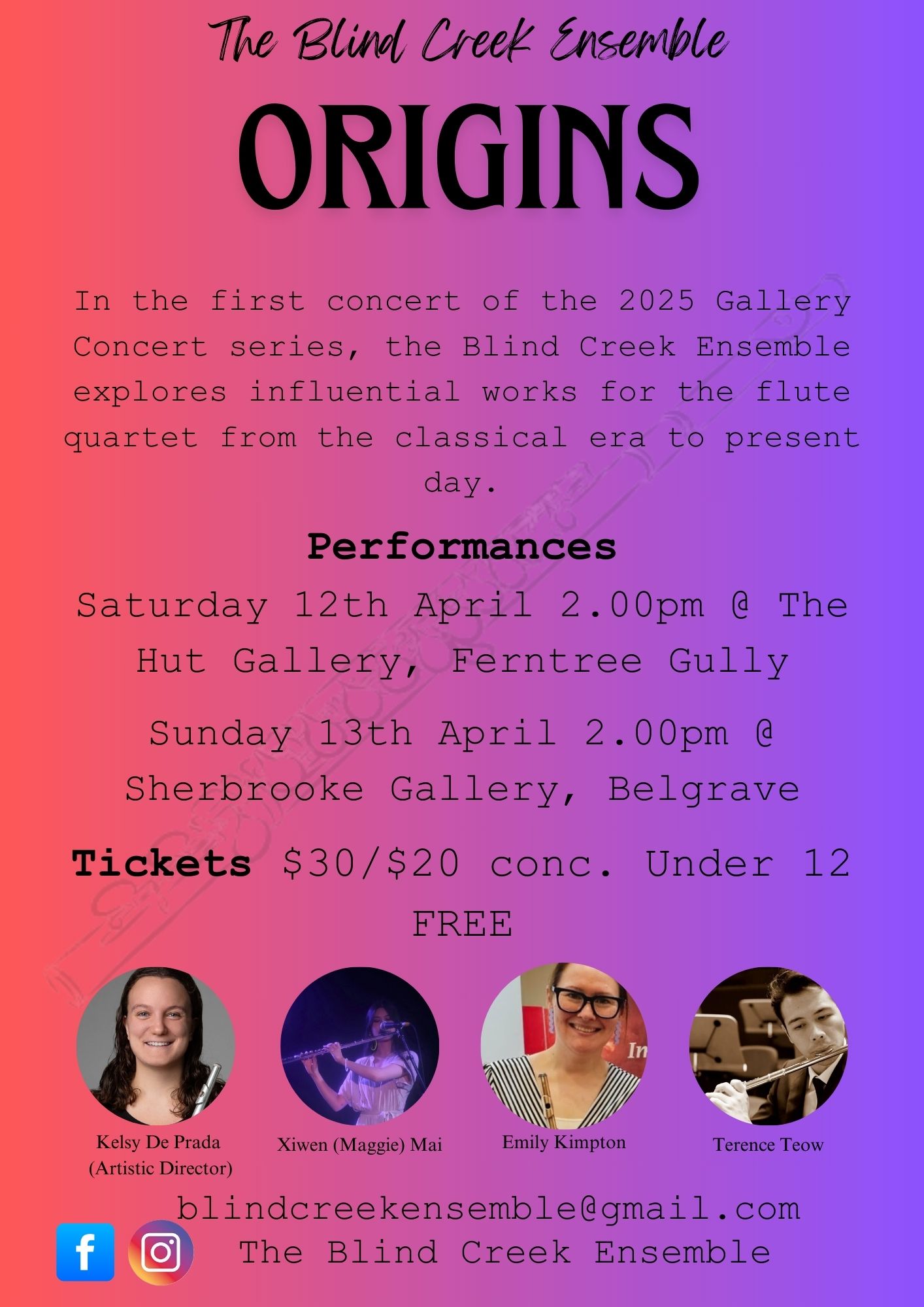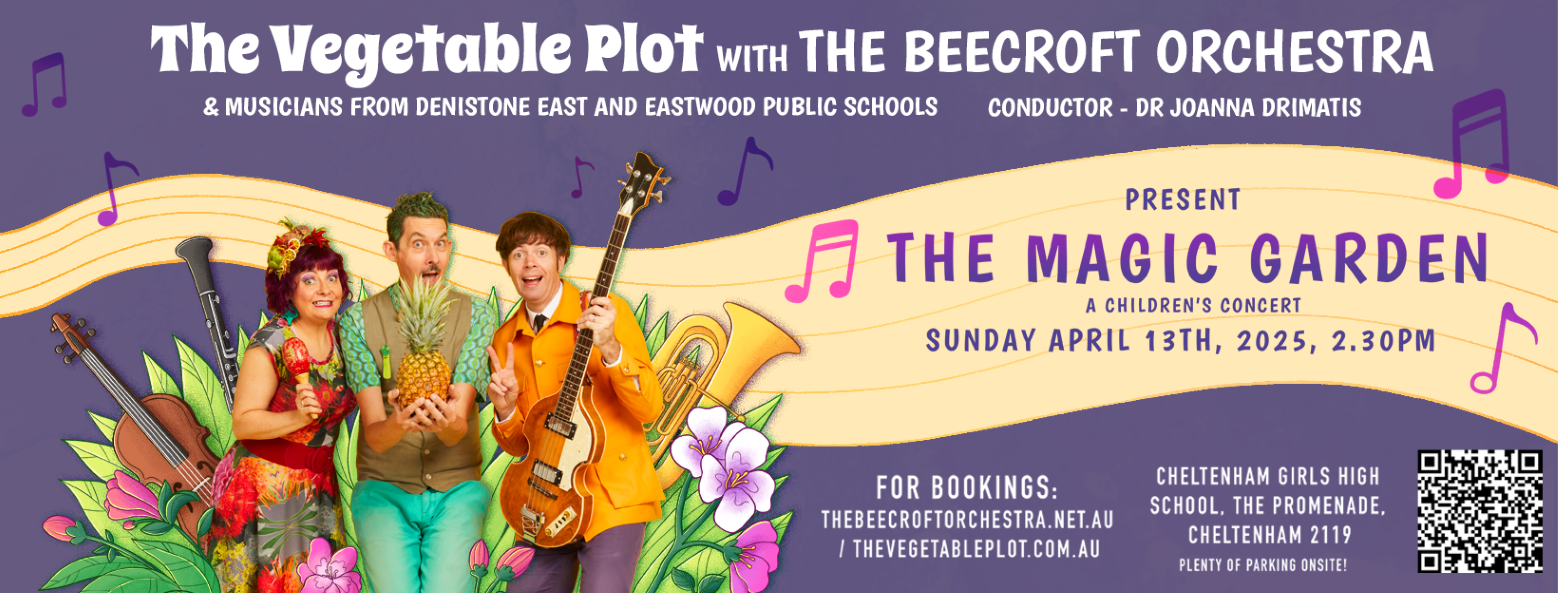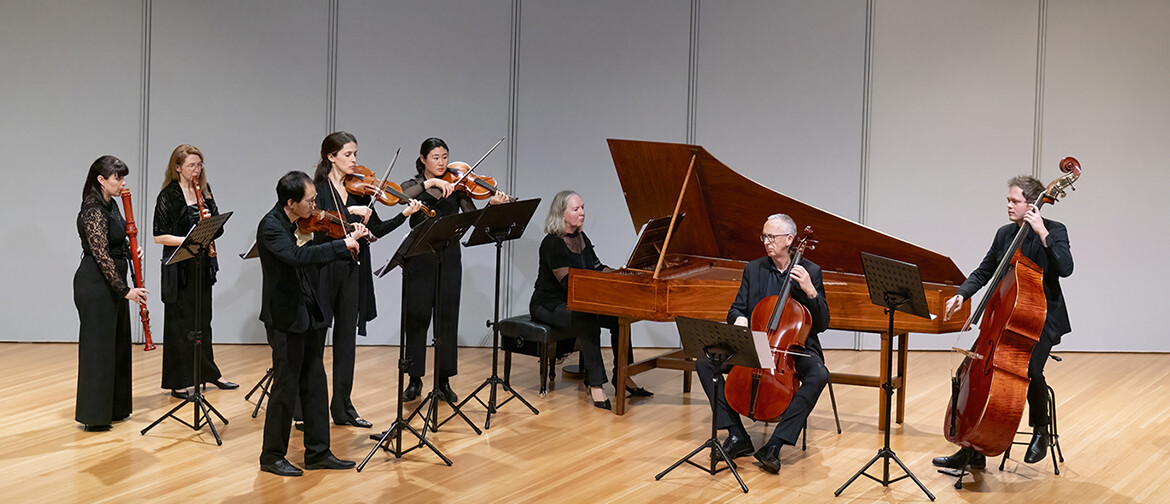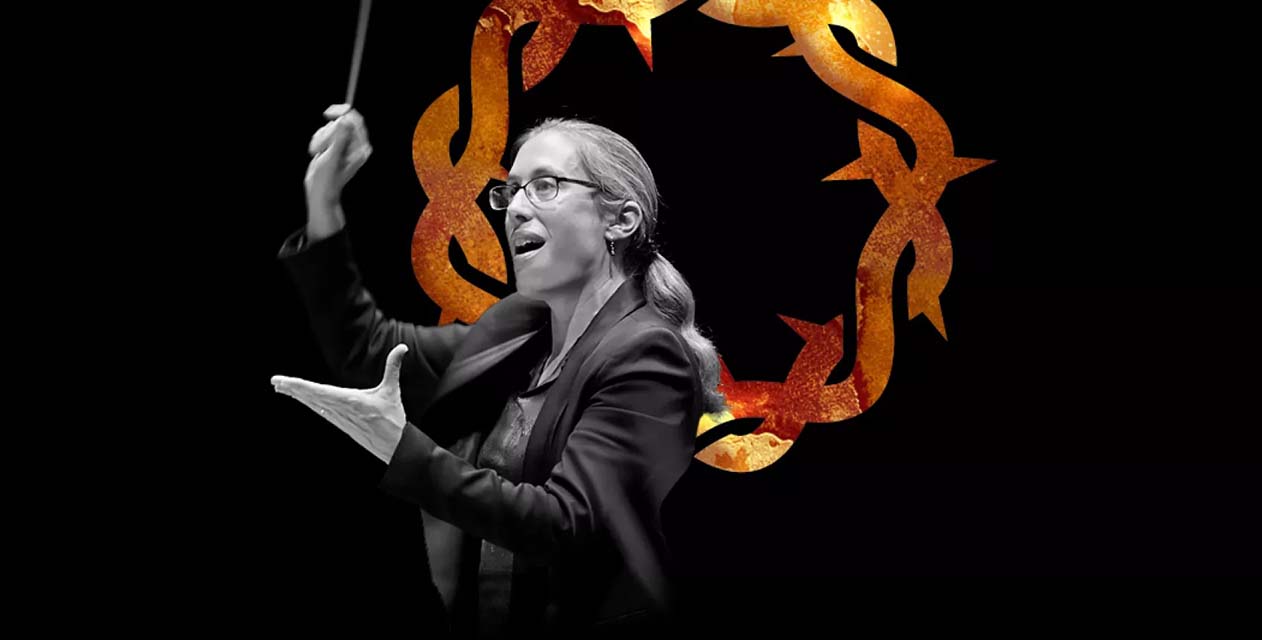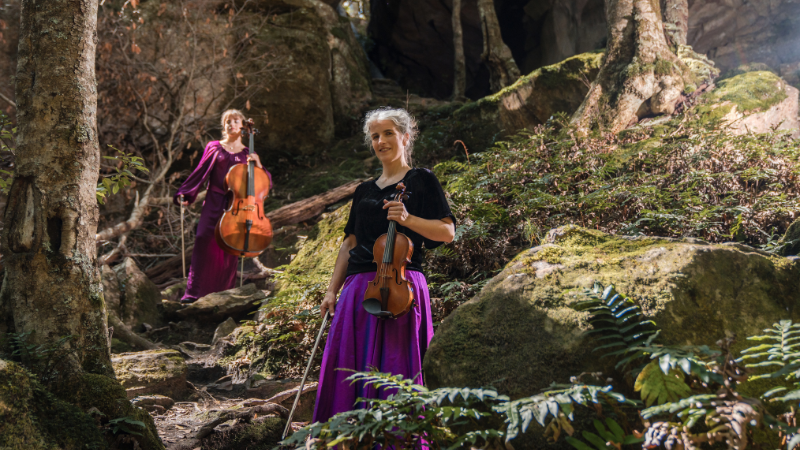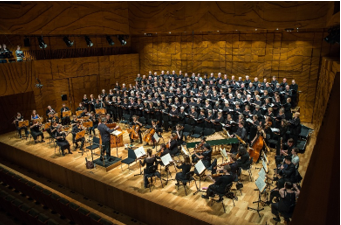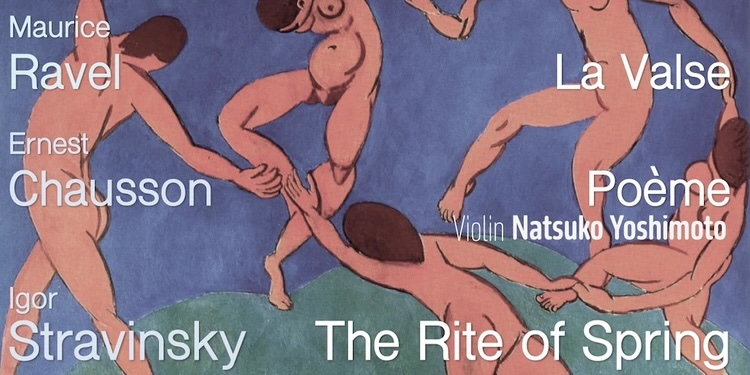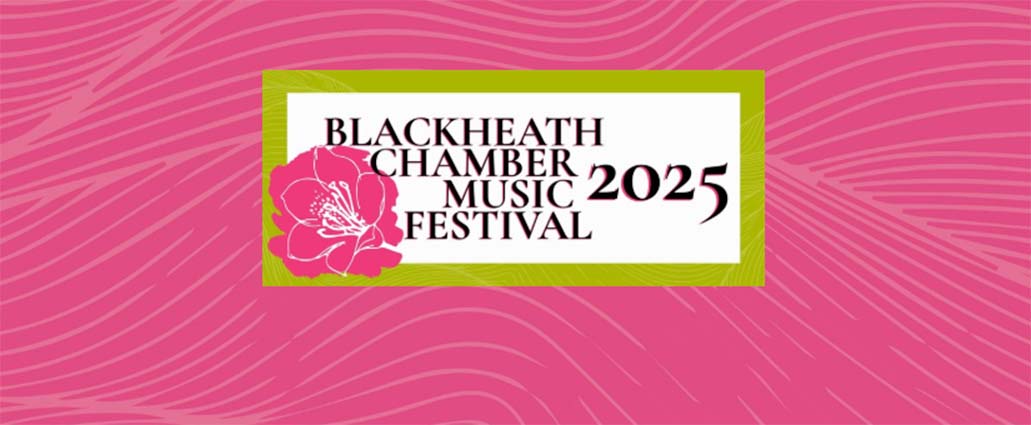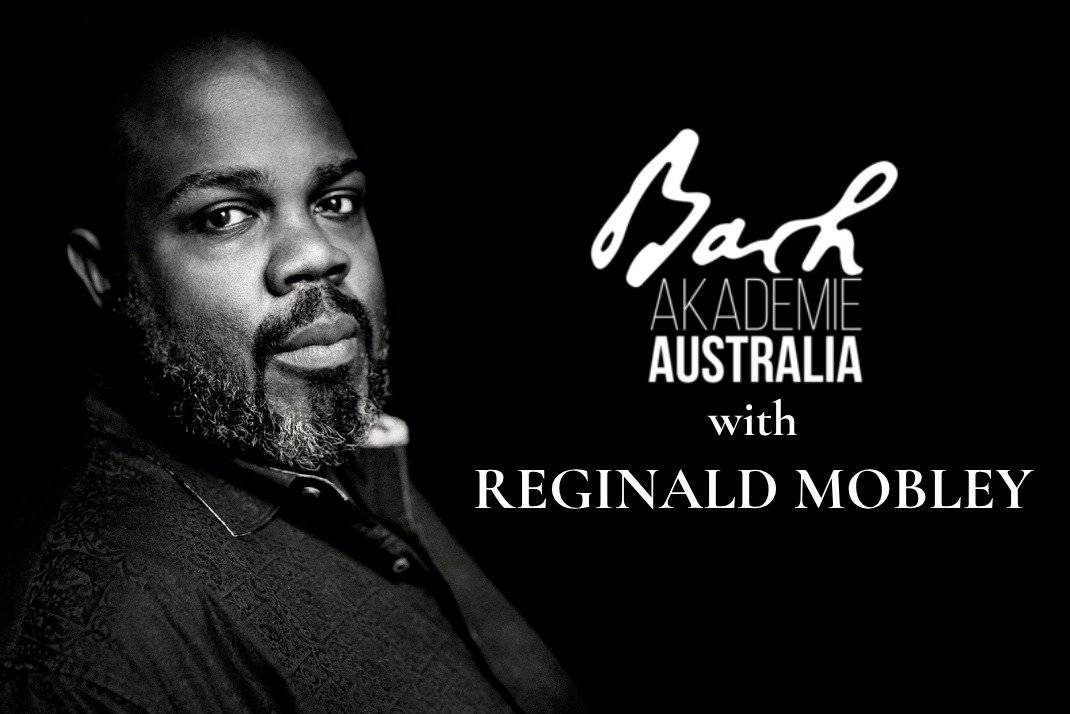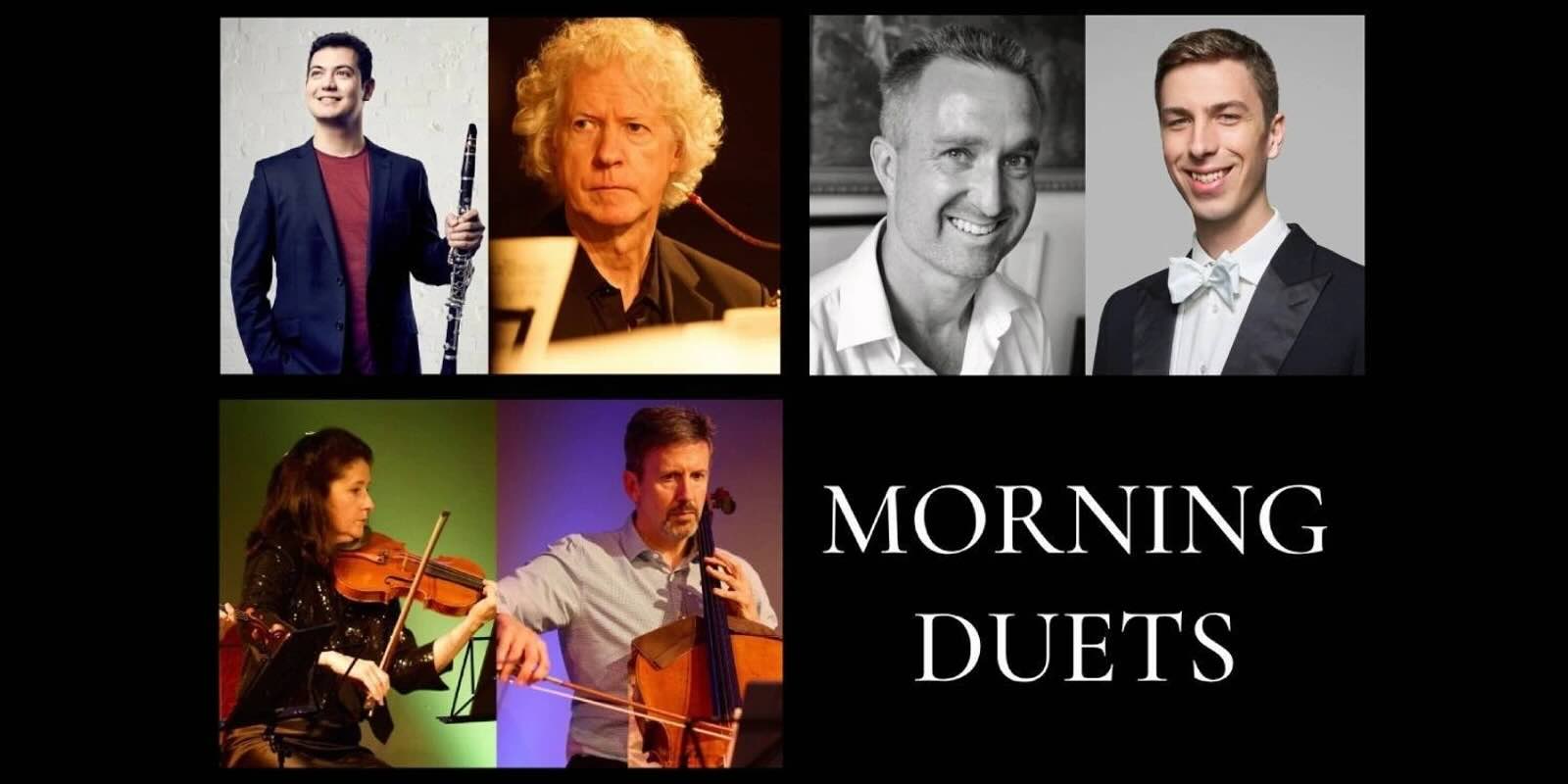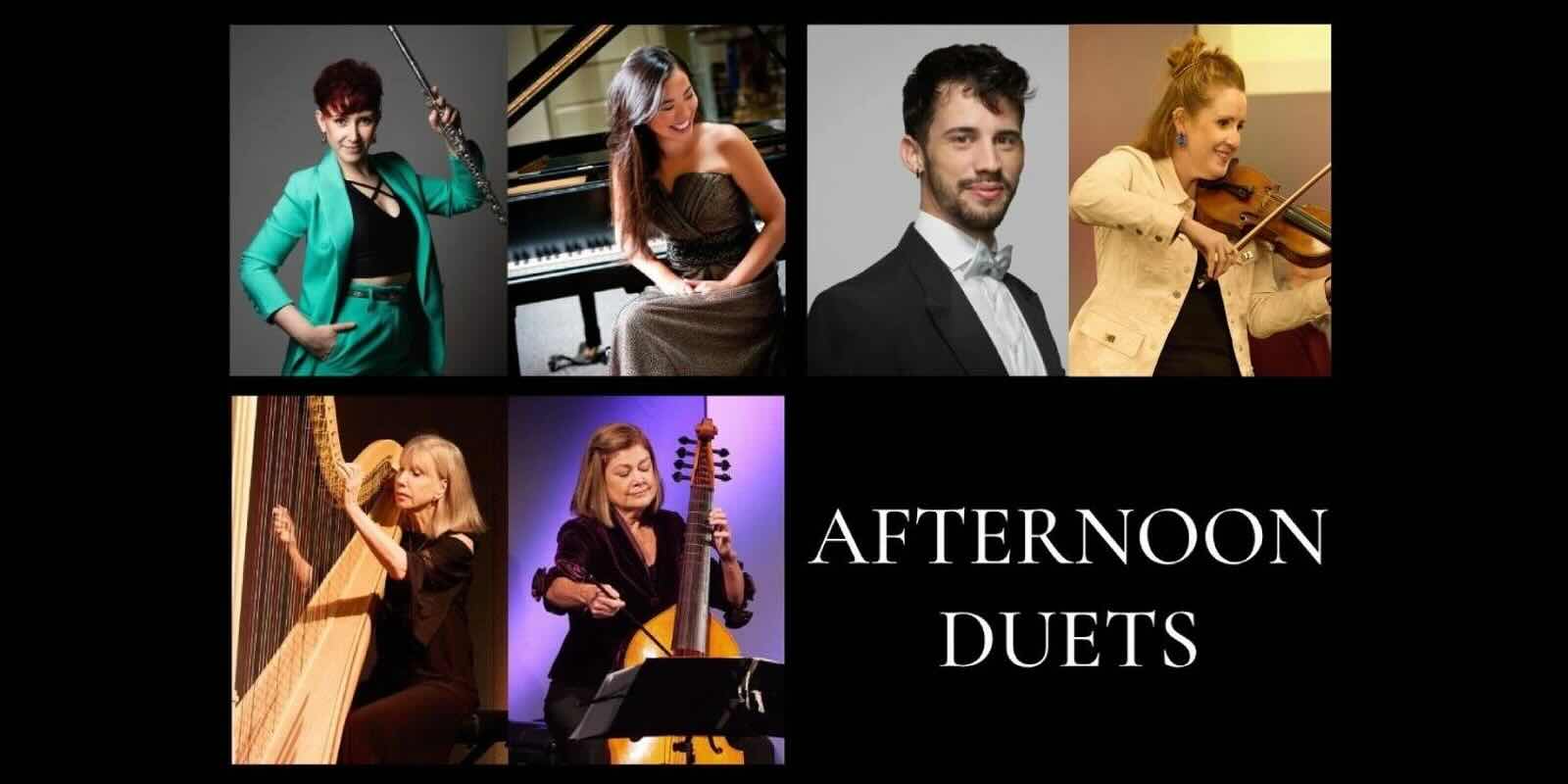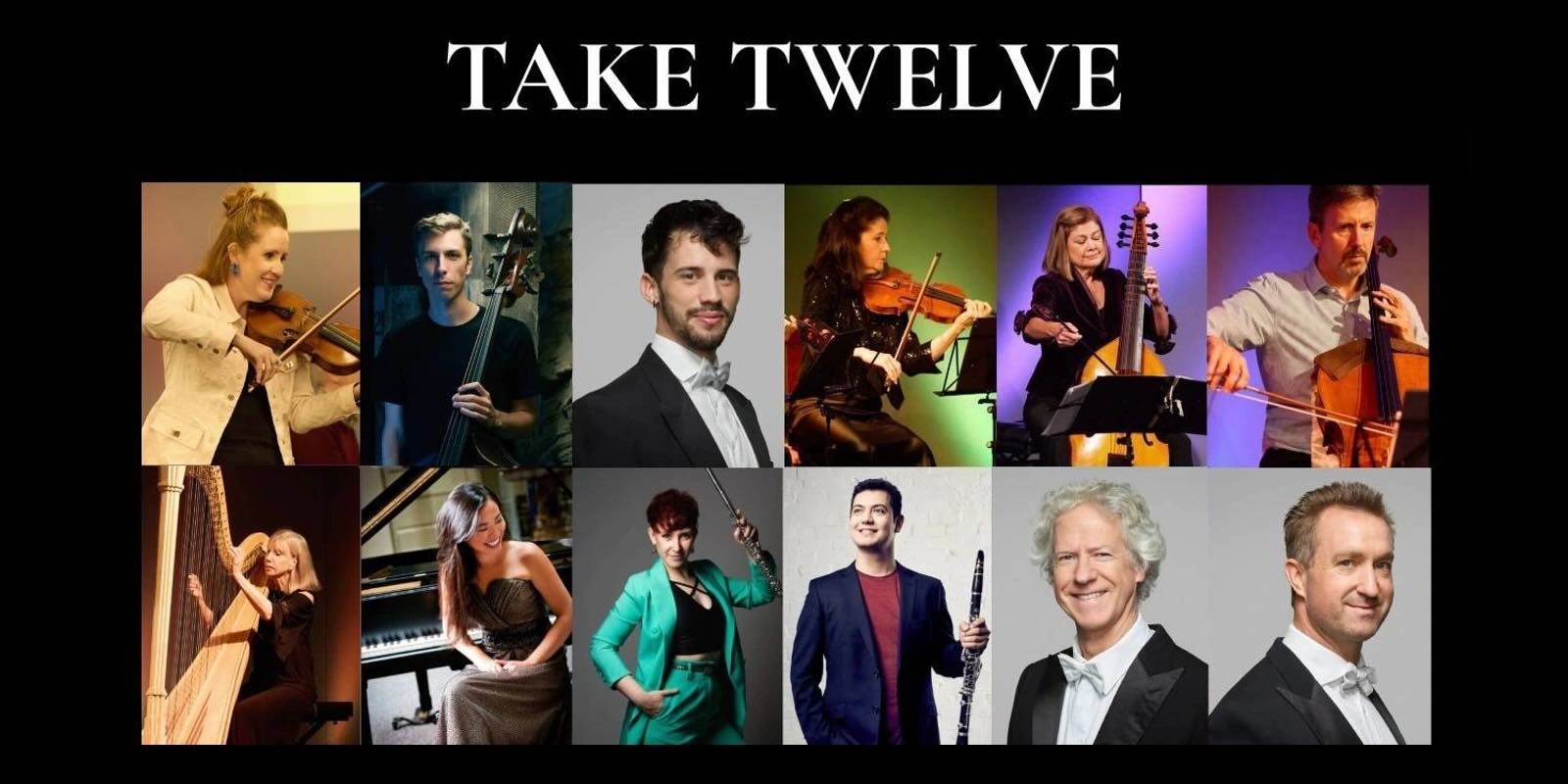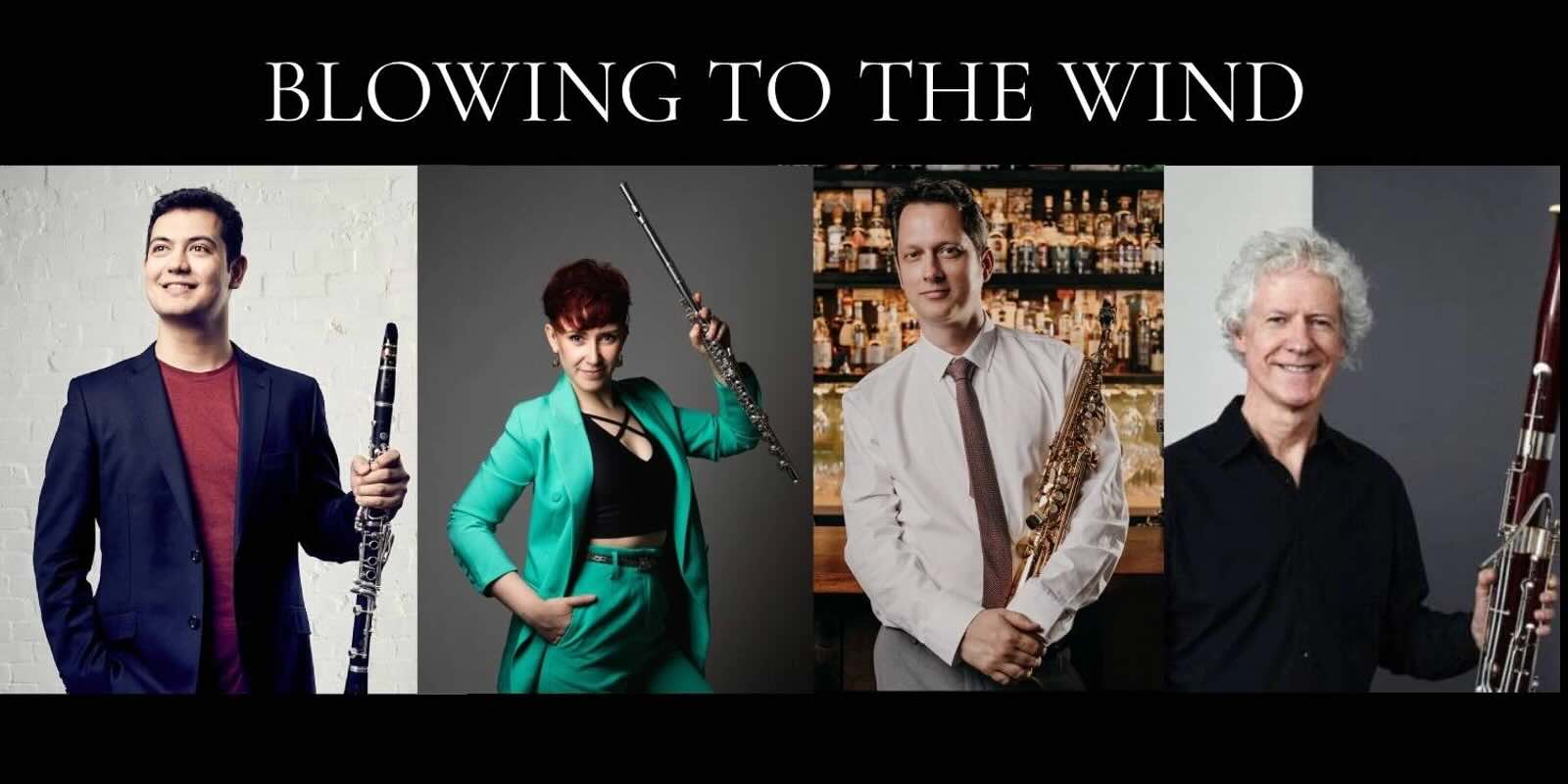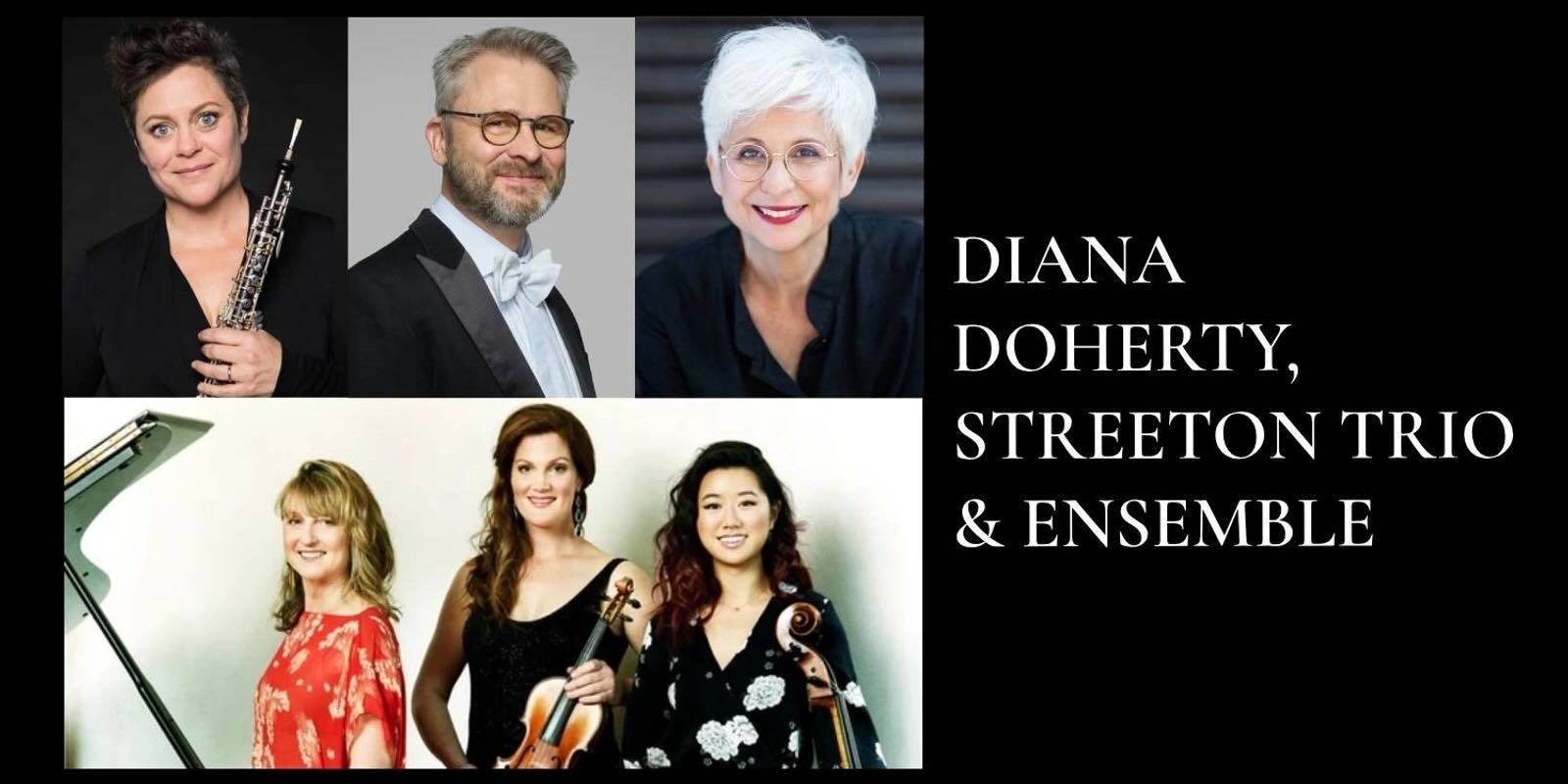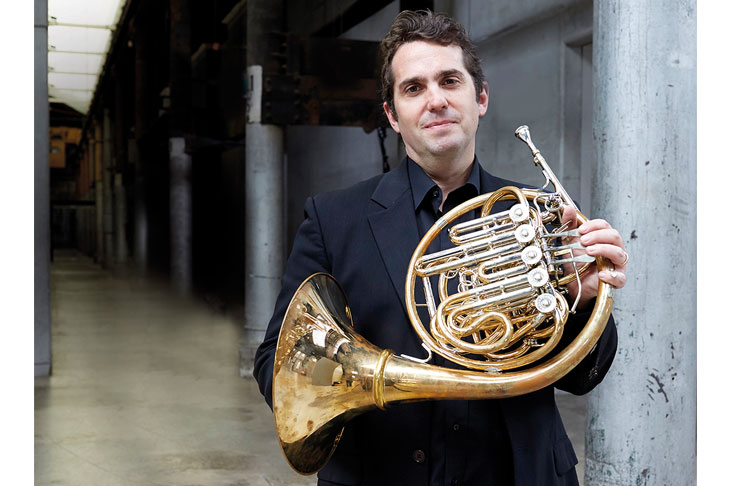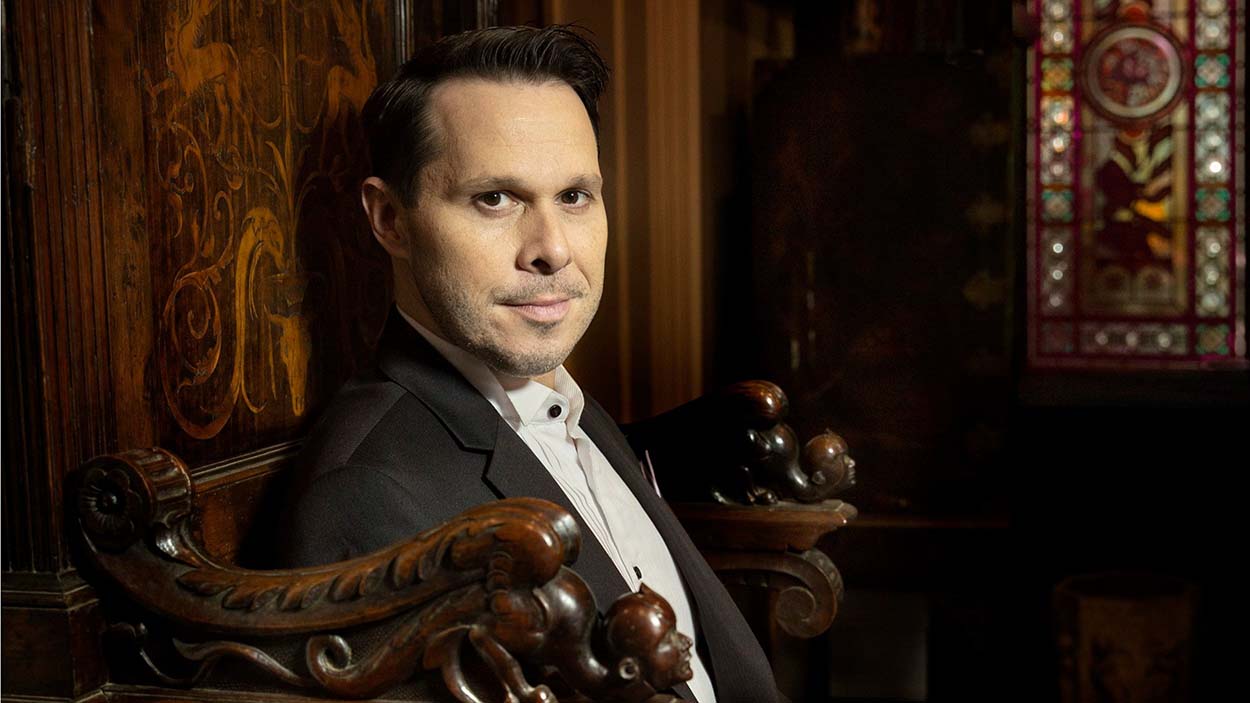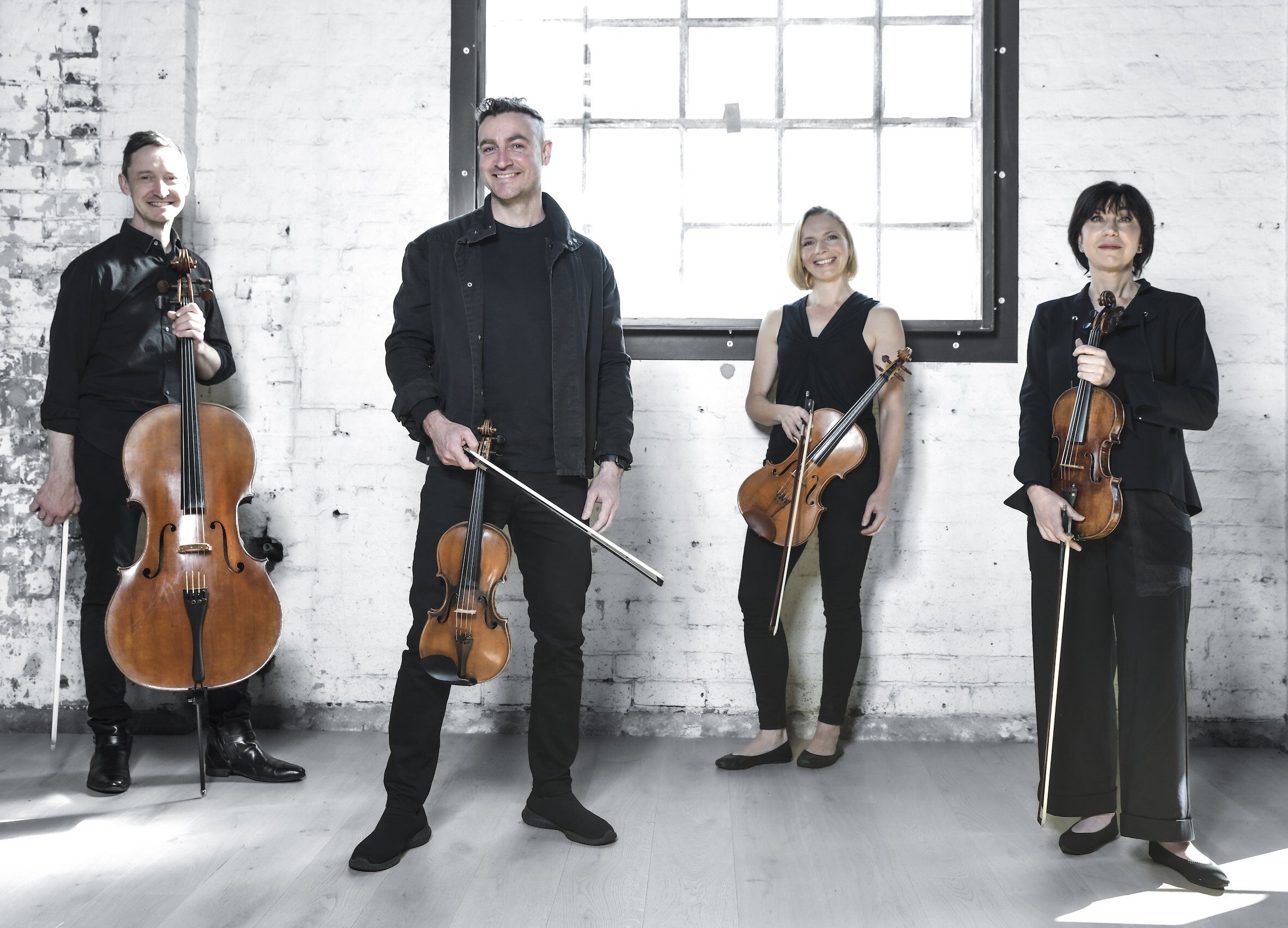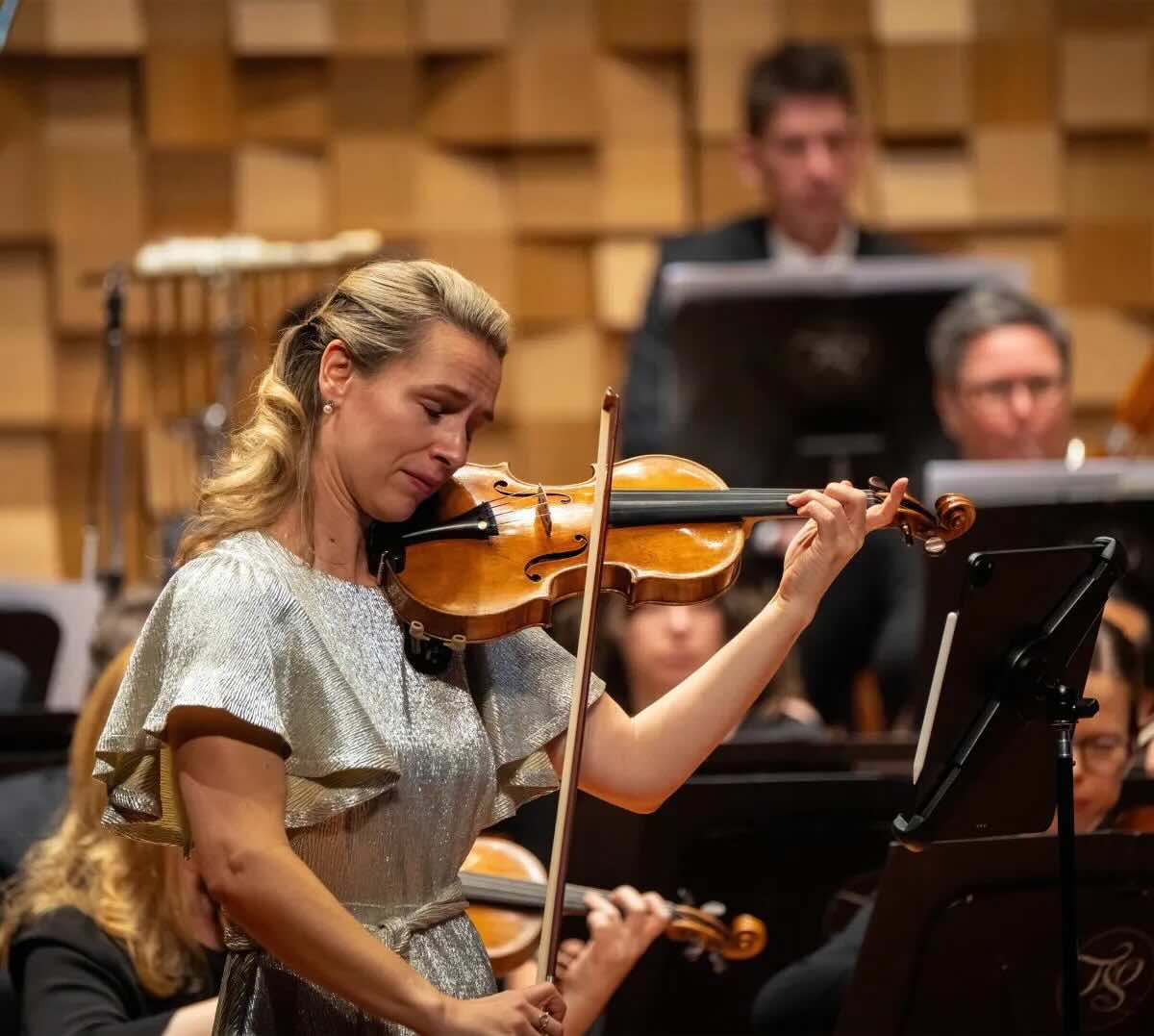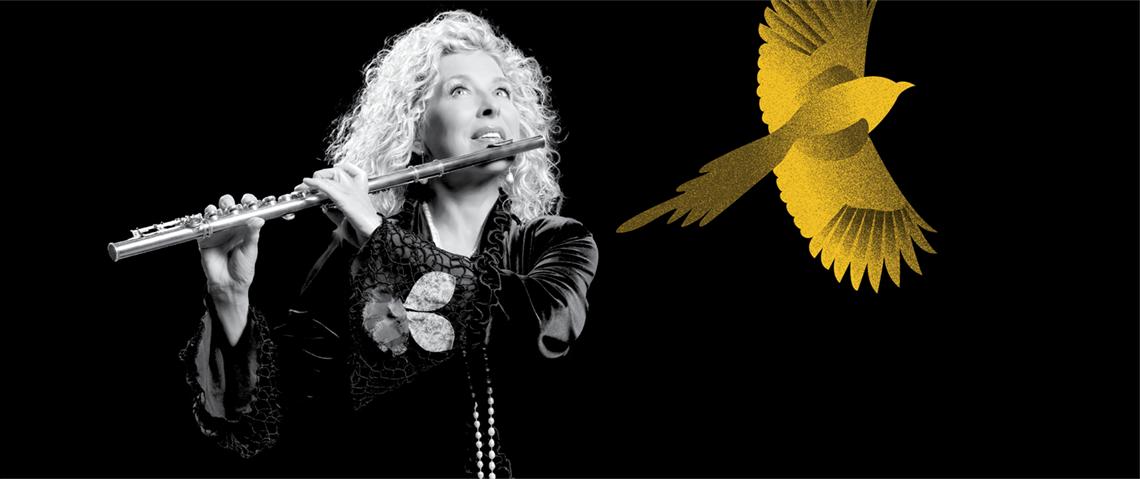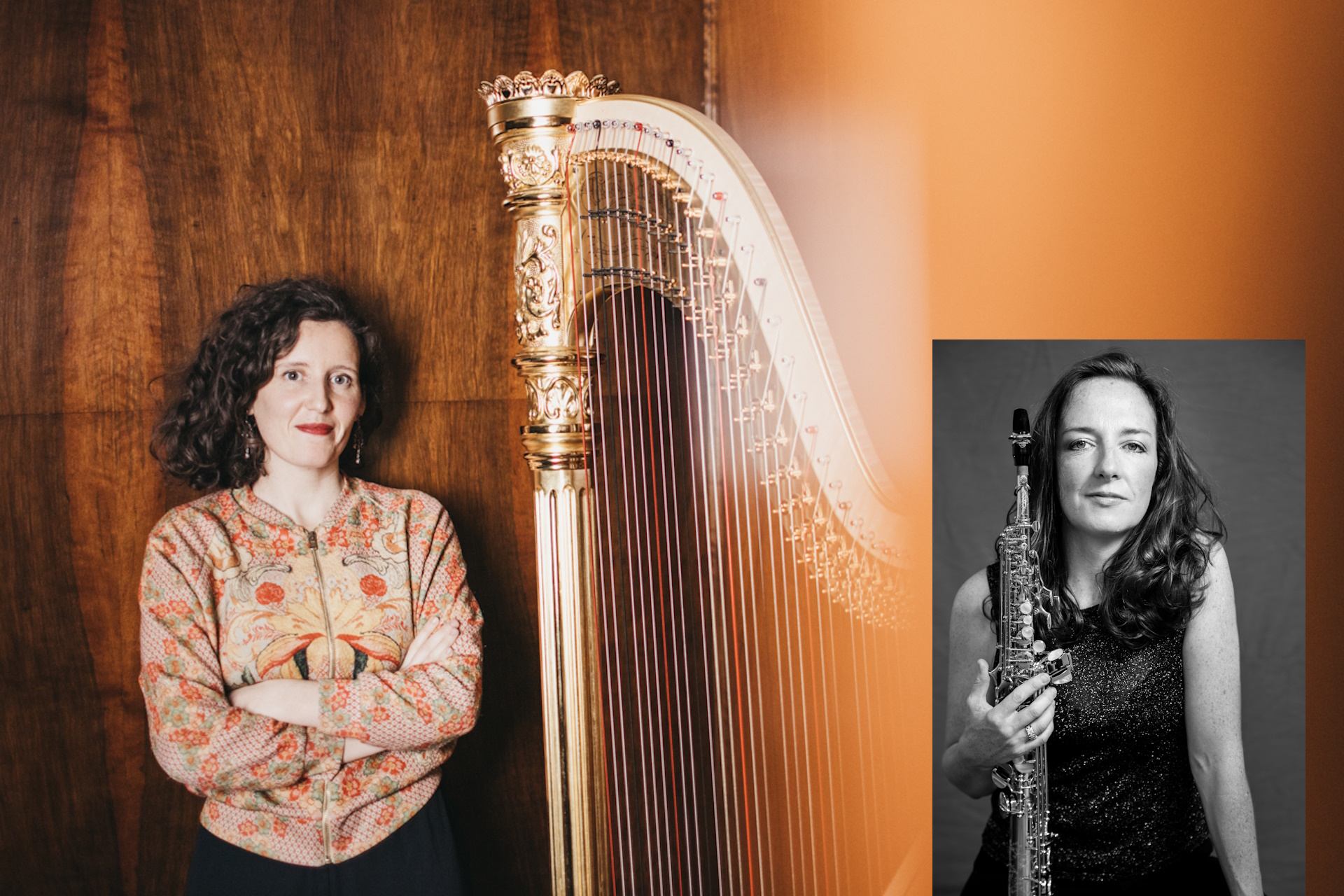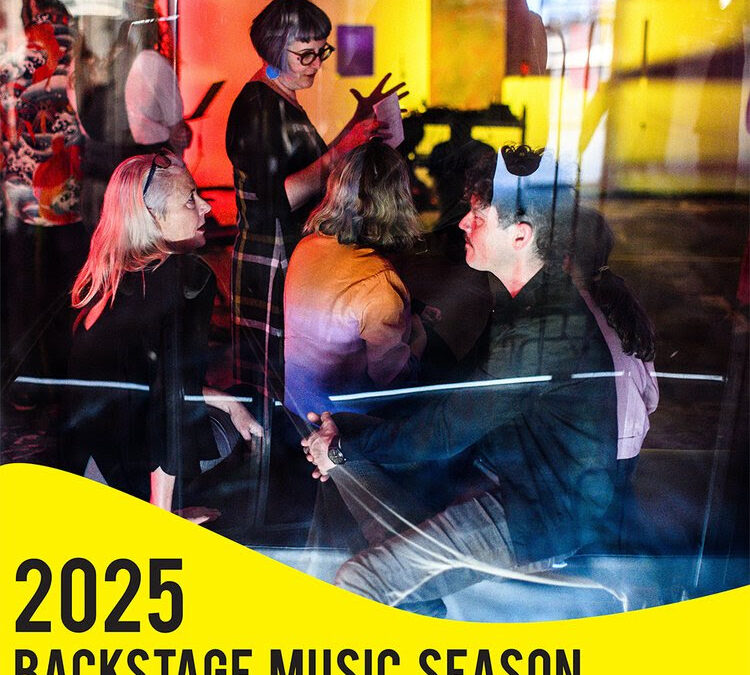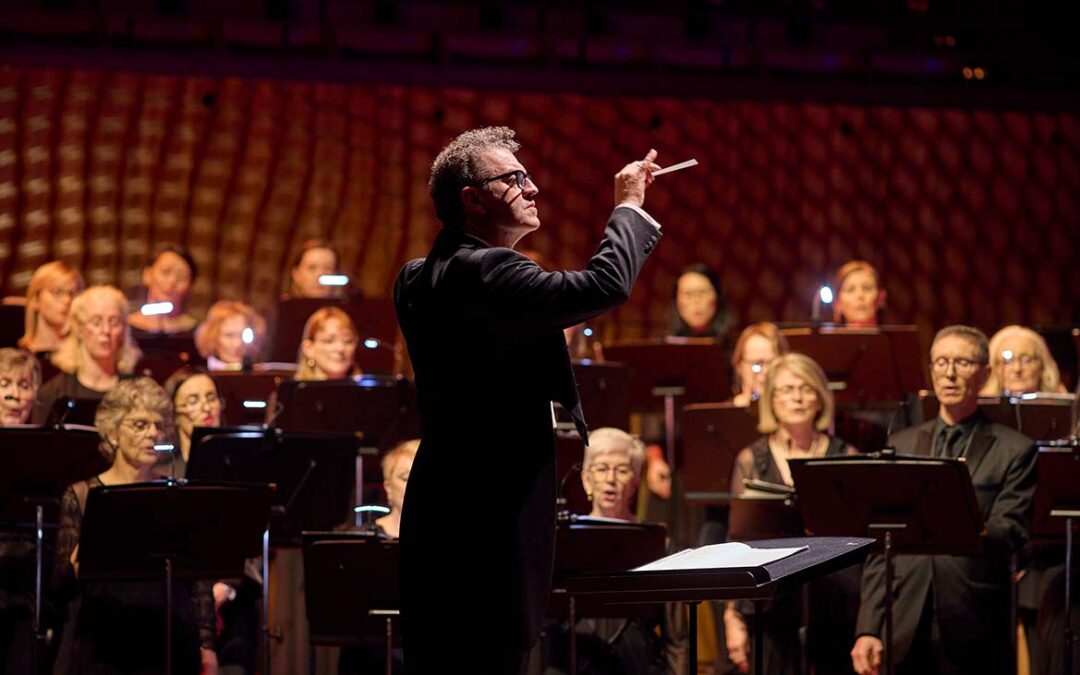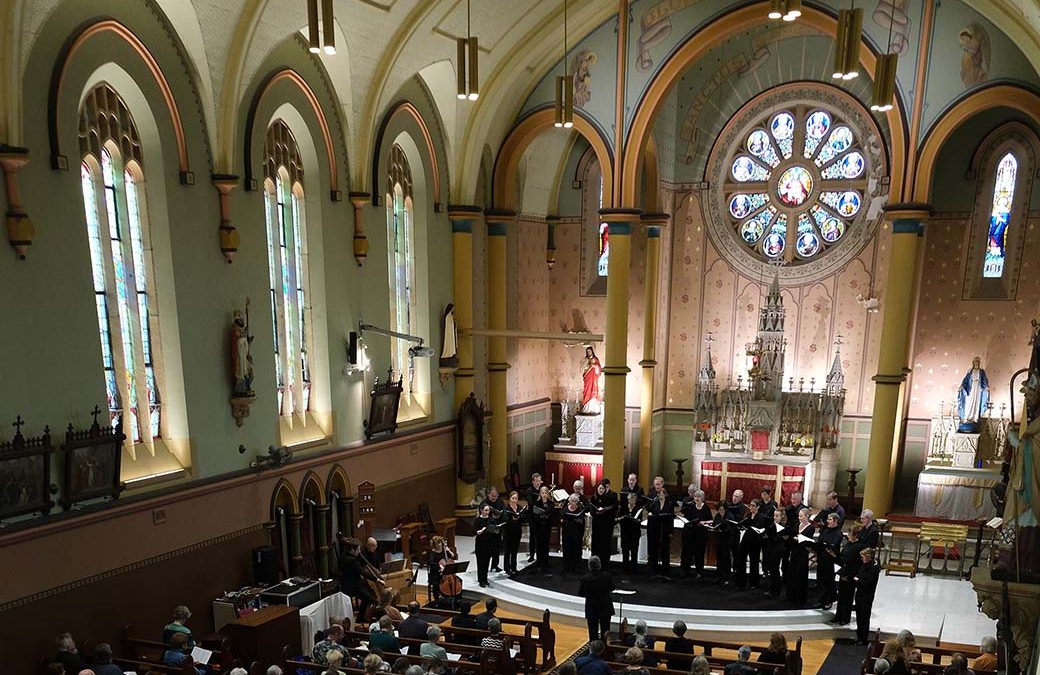The Sydney Mozart Society has transformed smoothly to its new Chatswood venue and continues to present enticing programmes which include music by Amadeus himself. This concert featured the Adelaide based Australian String Quartet.
Haydn wrote his Quartet Op 42 in D Minor at the age of 53. It is widely thought that this is one of the quartets commissioned by the Spanish court -it fits the bill as far as its brevity is concerned but it has four movements instead of the requested three and is a stand-alone piece. Perhaps “Papa” was having one of his jokes.
The first movement, tantalisingly marked “andante innocentemente” has a catchy entry followed by a dramatic episode before a sudden ending. Unusually, a spritely minuet with a trio with dotted rhythm follows and then comes the adagio in a serene major key. The finale starts with a fugue but morphs into a strenuous passage with a jokey ending in the major key.
Overall the piece was surprisingly captivating and cleverly conceived. It was sensitively handled by the Quartet with Dale Barltrop featuring as an energetic leader.
Mozart’s String quartet in F K 390 proved to be his last. It was conceived as the third of a set of six commissioned by King Frederick William II of Prussia but proved to be the last when payment wasn’t received. The piece is noted for the prominence of the cello part which, presents few technical problems, as suited to the sponsor, who was an amateur cellist.
The main theme in the first movement is echoed by the higher strings while the cello accompanied with sustained notes. A haunting adagio follows with serenity interrupted by a turbulent episode. A passionate minuet and trio is followed by an energetic but intricate finale. The overall impression is of an expressive work which could be rewarded by further listening as this piece is not often performed. The emphasis on the cello imparts an unusual sombre quality.
The Ravel String quartet was the most familiar work on the programme and although he wrote it when he was 28, he never repeated the experiment. The first movement starts with a lyrical theme which is developed in typical sonata form and following further ideas returns to end quietly. The familiar Scherzo features pizzicato passages on all four instruments, the main theme being derived from that of the first movement. A slower passage with the cello prominent featuring complicated cross rhythms in triple and double time is followed by a short reprise of the pizzicato. The next movement, titled “very slow” in fact has considerable variation in tempo and themes again are related to the primary of the first, while the viola plays a prominent part. The primary theme features again in the final rondo with its extreme time variations which nevertheless seem natural and unobtrusive. The popularity of this Quartet is easy to understand – vibrant, expressive and tuneful.
The Australian String Quartet were immaculately dressed and played to the same standard. The balance and accuracy lived up to the quality of their instruments – all played eighteenth century Guadagninis on loan from the Ngeringa Cultural Centre in South Australia. Difficult tempi were handled with ease while the subtleties of mood were expressed beautifully. The sound quality was superb, a credit to the acoustics of the Hall. A memorable recital with a fully appreciative audience.


